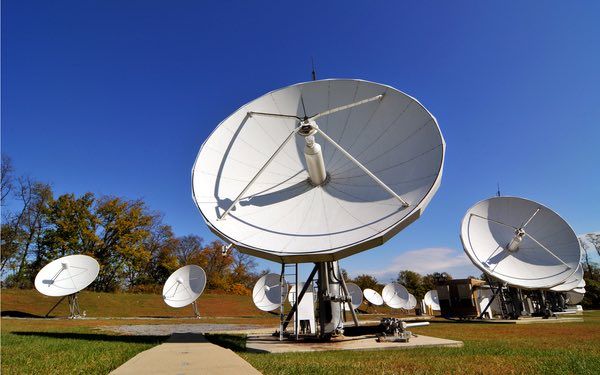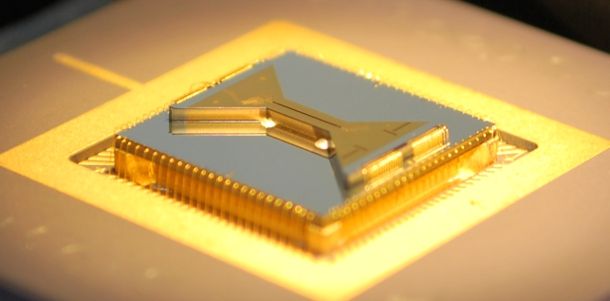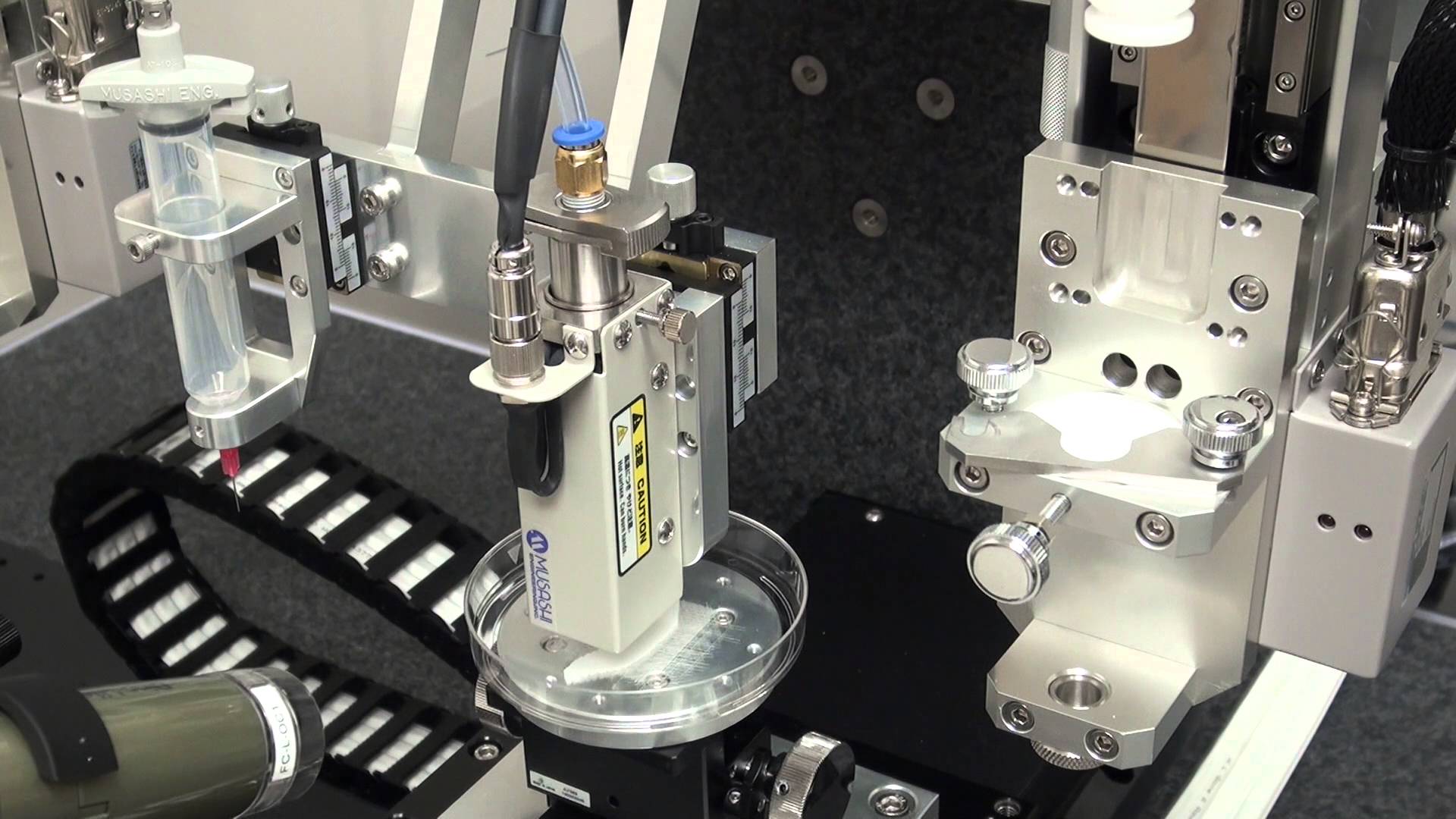
See even Space gets it — the importance of great Cyber Security is needed now.
The disruption of capabilities that space assets provide would have immediate, far-reaching and devastating economic, political, and geostrategic consequences. Over the past two decades, space vulnerabilities have grown dramatically in a manner commensurate with terrestrial dependency on space-based capabilities and enablers. This is true for both civilian and military activities. Purposeful interference with space systems could rather easily trigger a retaliatory spiral of actions that could compromise a safe and secure operating environment in space. Accordingly, having available a range of measures to prevent or preempt an incident, or even full-up conflict, is of rapidly growing importance to an increasing number of countries.
The interruption of space services through a cyber attack could involve large, and possibly very complex, knock-on effects. As the space and cyberspace domains are linked operationally—space cannot exist without cyber and cyber, in some cases, without space—and they permeate all other warfighting domains (i.e. land, air, and sea), cyber-related vulnerabilities of space assets are a major concern. Global effects would be virtually instantaneous.
Continue reading “Governance challenges at the intersection of space and cyber security” »















